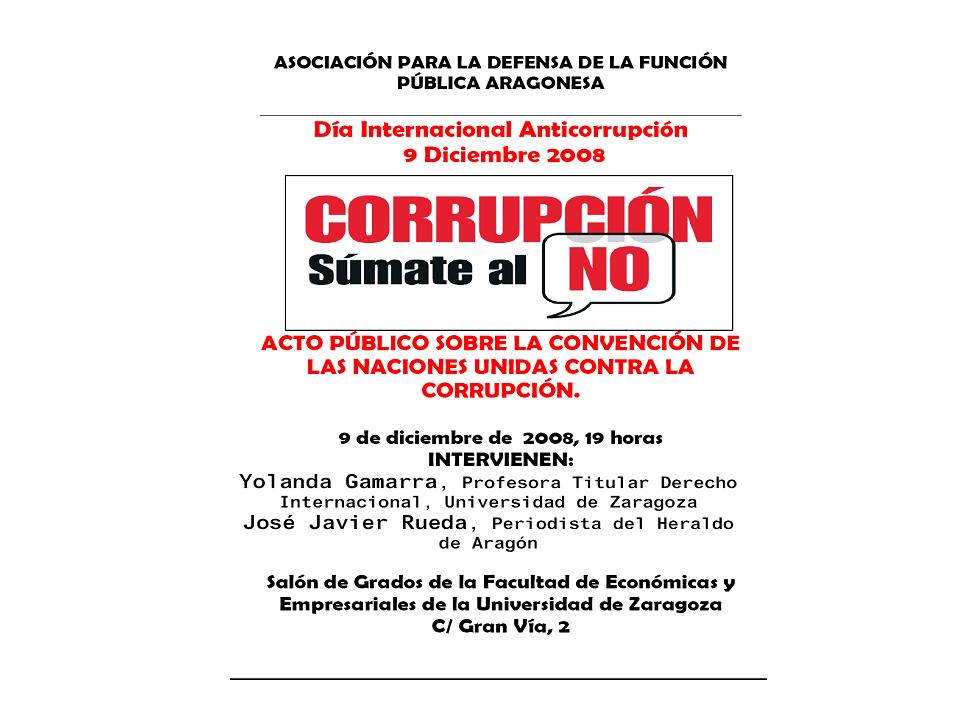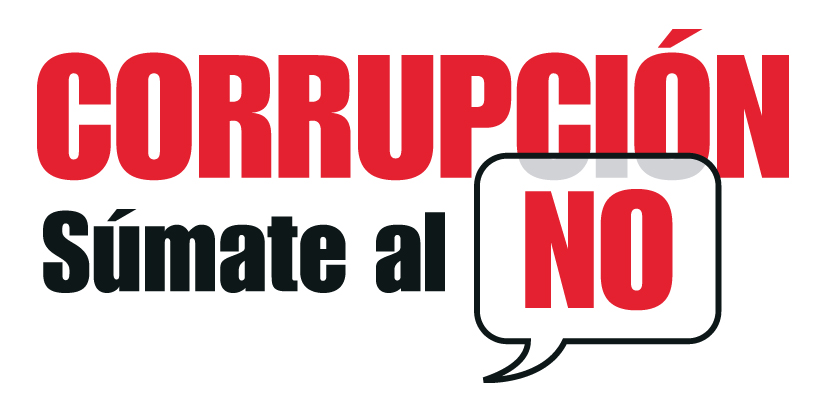Like the battle of Waterloo, the battle for Scotland was a damn close-run thing. The effects of Thursday’s no vote are enormous – though not as massive as the consequences of a yes would have been.
The vote against independence means, above all, that the 307-year Union survives. It therefore means that the UK remains a G7 economic power and a member of the UN security council. It means Scotland will get more devolution. It means David Cameron will not be forced out. It means any Ed Miliband-led government elected next May has the chance to serve a full term, not find itself without a majority in 2016, when the Scots would have left. It means the pollsters got it right, Madrid will sleep a little more easily, and it means the banks will open on Friday morning as usual.
But the battlefield is still full of resonant lessons. The win, though close, was decisive. It looks like a 54%-46% or thereabouts. That’s not as good as it looked like being a couple of months ago. But it’s a lot more decisive than the recent polls had hinted. Second, it was women who saved the union. In the polls, men were decisively in favour of yes. The yes campaign was in some sense a guy thing. Men wanted to make a break with the Scotland they inhabit. Women didn’t. Third, this was to a significant degree a class vote too. Richer Scotland stuck with the union — so no did very well in a lot of traditonal SNP areas. Poorer Scotland, Labour Scotland, slipped towards yes, handing Glasgow, Dundee and North Lanarkshire to the independence camp. Gordon Brown stopped the slippage from becoming a rout, perhaps, but the questions for Labour — and for left politics more broadly — are profound.
For Scots, the no vote means relief for some, despair for others, both on the grand scale. For those who dreamed that a yes vote would take Scots on a journey to a land of milk, oil and honey, the mood this morning will be grim. Something that thousands of Scots wanted to be wonderful or merely just to witness has disappeared. The anticlimax will be cruel and crushing. For others, the majority, there will be thankfulness above all but uneasiness too. Thursday’s vote exposed a Scotland divided down the middle and against itself. Healing that hurt will not be easy or quick. It’s time to put away all flags.
The immediate political question now suddenly moves to London. Gordon Brown promised last week that work will start on Friday on drawing up the terms of a new devolution settlement. That may be a promise too far after the red-eyed adrenalin-pumping exhaustion of the past few days. But the deal needs to be on the table by the end of next month. It will not be easy to reconcile all the interests – Scots, English, Welsh, Northern Irish and local. But it is an epochal opportunity. The plan, like the banks, is too big to fail.
Alex Salmond and the SNP are not going anywhere. They will still govern Scotland until 2016. There will be speculation about Salmond’s position, and the SNP will need to decide whether to run in 2016 on a second referendum pledge. More immediately, the SNP will have to decide whether to go all-out win to more Westminster seats in the 2015 general election, in order to hold the next government’s feet to the fire over the promised devo-max settlement. Independence campaigners will feel gutted this morning. But they came within a whisker of ending the United Kingdom on Thursday. One day, perhaps soon, they will surely be back.
(Artículo de Martin Kettle, publicado en "The Guardian" el 19 de septiembre de 2014)




2 comentarios:
Noticia de alcance:
La DGA convoca 36 plazas de administración general de las ofertas 2007 y 2011.
EPA.
El Boletín Oficial de Aragón (BOA) publica hoy la convocatoria de las pruebas selectivas de las primeras 36 plazas de turno libre de la administración general que se enmarca en la convocatoria de las plazas que fueron omitidas de las ofertas de empleo público de 2007 y 2011.
Se trata de 17 plazas de farmacéuticos, 9 de médicos de administración sanitaria, 4 de inspectores médicos, 2 de rehabilitadores, 2 de letrados, una de médico de atención primaria y una de psiquiatra y las oposiciones tendrán lugar a partir de un plazo mínimo de tres meses.
Fuentes del Gobierno de Aragón han indicado que son las primeras de servicios generales con acceso libre, después de que a finales de abril se convocasen las primeras cuatro plazas para investigadores del Centro de Investigación y Tecnología Agroalimentaria de Aragón (CITA), diez para promoción interna y otras ocho del cupo de personas con discapacidad.
En el caso de las plazas de farmacéuticos y administración sanitaria la convocatoria incluye, de forma unificada, las plazas correspondientes a la oferta de empleo público de 2007 y las de 2011, mientras que el resto de plazas corresponden a la de 2007.
Hasta septiembre se sucederán las convocatorias de titulados superiores (A1), para dar paso al subgrupo A2, y en 2015 se completará el proceso con las plazas de C1 y C2.
Según el Gobierno de Aragón, se convocarán al mismo tiempo tanto las plazas pertenecientes a la oferta de empleo público de 2007 como las de 2011, si bien se han marcado algunas excepciones, atendiendo a las peculiaridades de cada sector.
Así, está previsto que todas las plazas del subgrupo A1 estén convocadas en septiembre de 2014, para dar paso al subgrupo A2, entre octubre de 2014 y enero de 2015, año en el que quedarán los subgrupos C1, que se convocará durante el primer trimestre, y el C2, que concluirá a mediados de 2015.
El calendario marcado prevé acortar significativamente el plazo límite de tres años permitido para completar el proceso, según el Ejecutivo.
Las 1.034 plazas de administración general, junto a las 385 de educación y las 1.364 de sanidad, componen el total de 2.783 plazas que fueron excluidas de las ofertas de empleo público de los años 2007 y 2011, y que en la actualidad está ocupadas por funcionarios interinos, lo que fue declarado contrario a derecho por los tribunales.
EPA.
Publicar un comentario